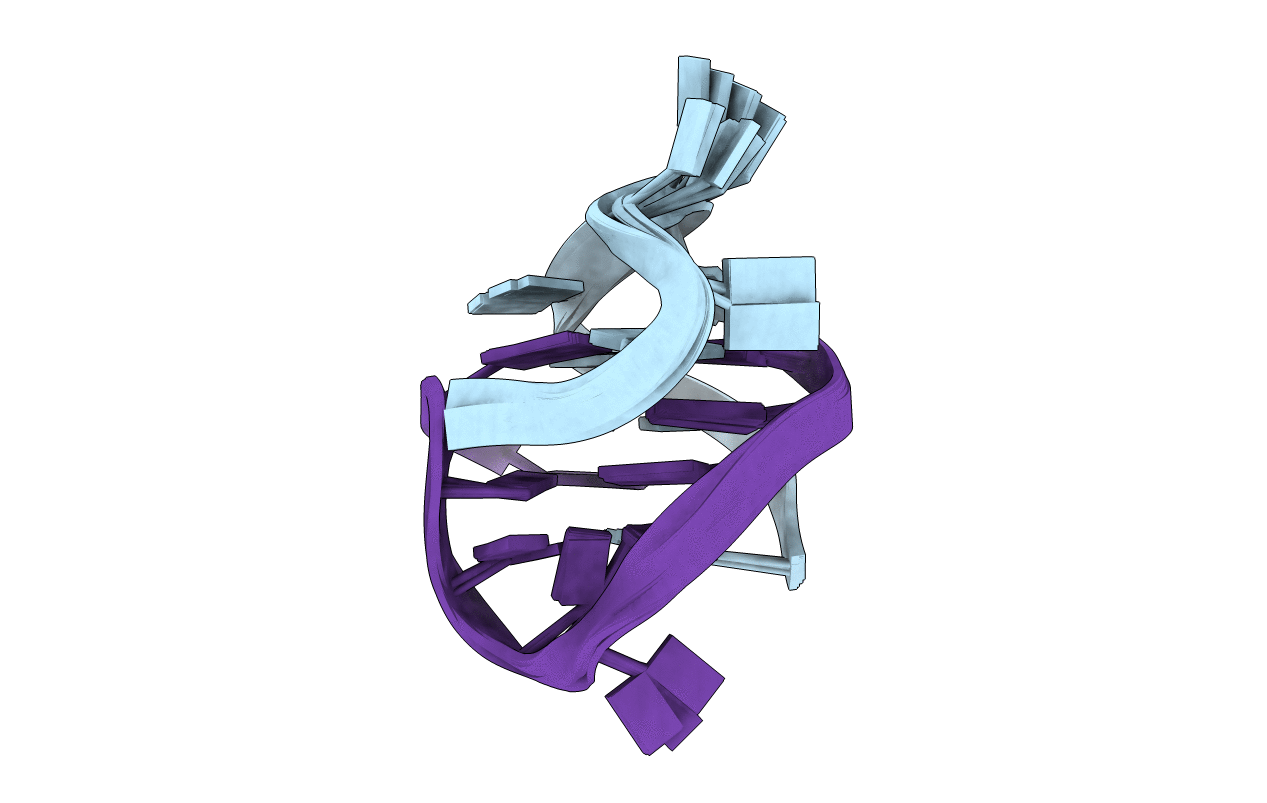
Deposition Date
2004-07-29
Release Date
2004-10-26
Last Version Date
2024-05-29
Entry Detail
Biological Source:
Source Organism:
Method Details:
Experimental Method:
Conformers Calculated:
50
Conformers Submitted:
8
Selection Criteria:
structures with the least restraint violations, structures with the lowest energy


